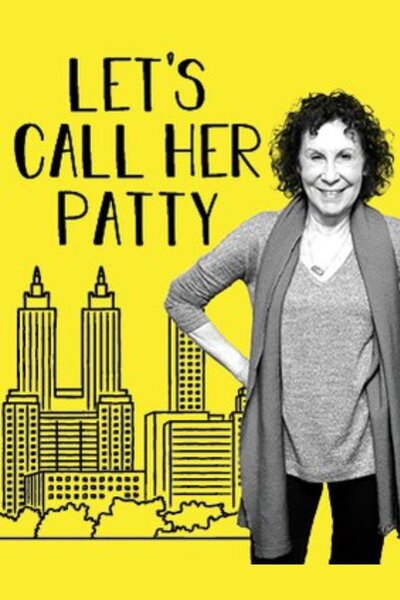
Critic Reviews (10)
“ ‘Let’s Call Her Patty’ gestures toward an oral tradition of storytelling that aims to preserve local, and often endangered, histories.”
Read more
“...Kritzer carries the play as it meanders and then abruptly concludes. Though Perlman’s comedic chops still shine in some moments, Kritzer’s Sammy is both the heart and humor of the piece. Neither talent, however, is enough to make up for ’Let’s Call Her Patty’s’ creative stagnation.”
Read more
“ ‘Let’s Call Her Patty’ insists on being a story about Patty and Patty alone — a choice that hits a dead end when we realize how even Perlman’s dominant stage presence and talents as a character actor can’t overcome how passive Patty is as a protagonist. Patty does not act, but rather reacts to the people that orbit around her. And there’s only so much director Margot Bordelon can do to keep her story from succumbing to inertia.”
Read more
“It truly is difficult to parse ’Let's Call Her Patty’ beyond the bits and pieces we are given. Margot Bordelon's direction and Kristen Robinson's set design give the play a dreamlike quality that is in keeping with a work about memories, unbidden thoughts, and random ideas. But as an audience for a play, we need more than these evanescent wisps.”
Read more
"Rhea Perlman plays a Pilates-loving liberal Upper West Sider in this shallow new play... [where] unforced, realistic moments of connection are all too rare"
Read more
“This play is more like a reality show with that kind of mother/daughter nattering where the daughter is trying to make a point and the mother keeps shifting the conversation to anything that will move...Sad to report that there is not much to see here folks. Move along.”
Read more
“As the play goes on, the archetype quickly collapses into stereotype, and the more we know about “Patty,” the more she seems like a collection of traits that range from more-or-less-benign to more-or-less awful, not adding up to anything other than Overbearing Mother.”
Read more
“Let’s Call Her Patty” can most charitably be considered a character study, since there is little discernible plot, with the one tangible development occurring close to the end of the 70-minute play, which feels longer.
Unfortunately, the character under study in Zarina Shea’s play, while meant to be colorful, comes perilously close to a stereotype, stopped from falling into flat-out caricature by the warmth and breadth of the cast.
Read more






